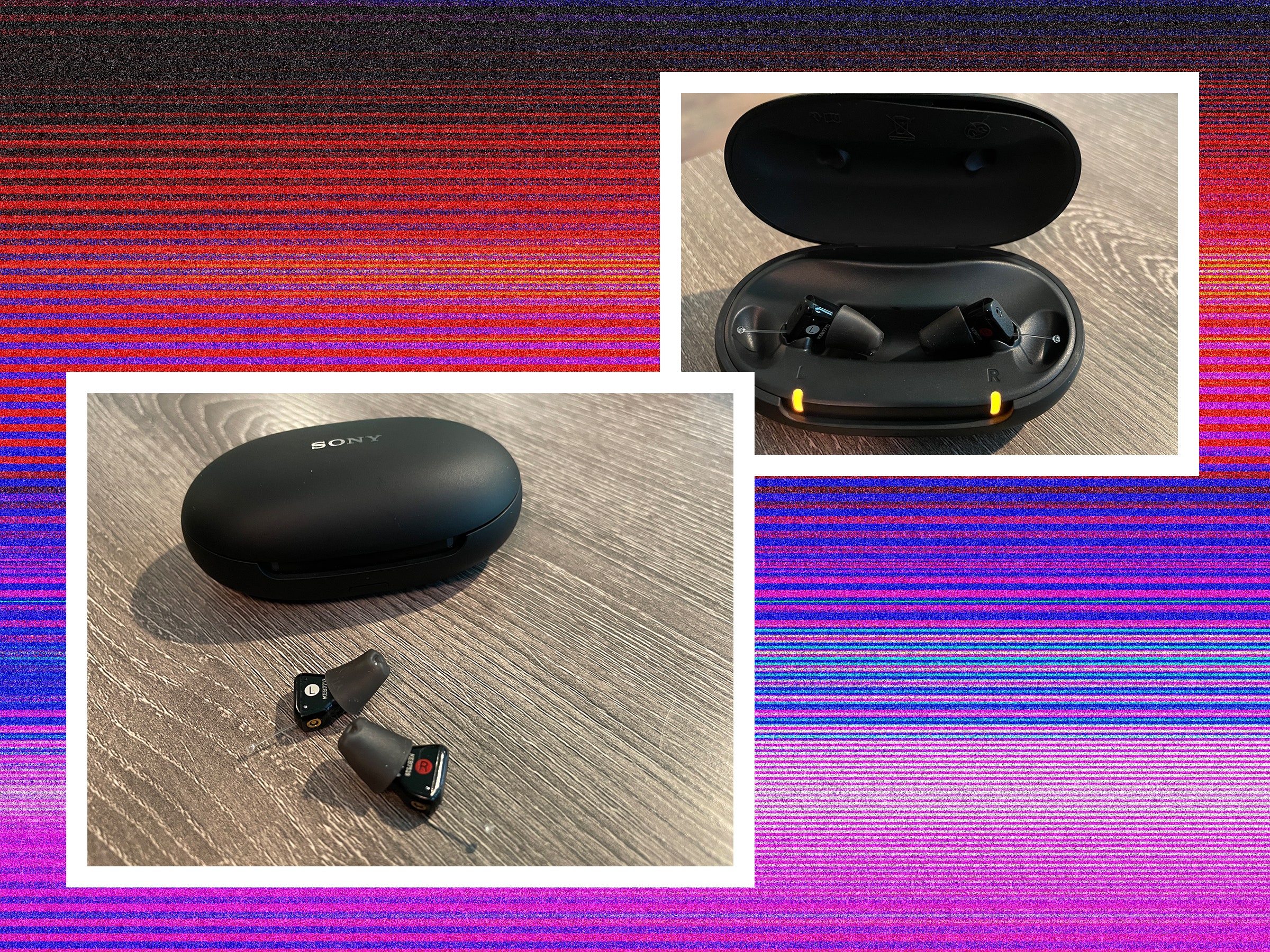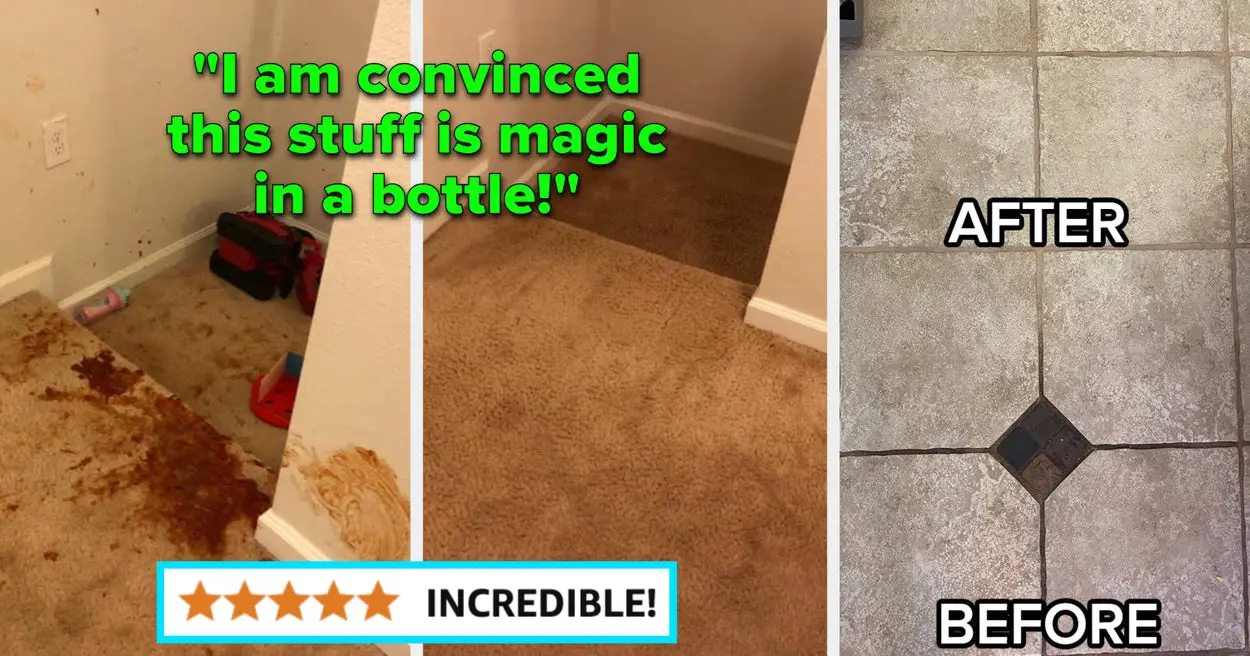Sony’s CRE-C10 in-ear hearing aids are stunners in every dimension except for one: The tiny in-the-ear devices rely on replaceable hearing aid batteries instead of an integrated, rechargeable one. While some people may appreciate replaceable batteries—much longer run time, no need to wait for a recharge—I’ve heard nothing but complaints about them. For the most part, people now seem to be gravitating to hearing aids that don’t require fumbling with miniature batteries once a week, and then worrying if the dog will swallow the spent cell.
With its new CRE-C20 hearing aids, Sony corrects this issue, and it does so in style: The new hearing aids look nearly identical to the winning C10 aids, but the hatch for a replaceable battery has been replaced with a small contact that allows its internal cell to recharge in its new case.
When I say nothing else has changed on the look and feel of the C20 hearing aids, I mean it. To the untrained eye, they are almost impossible to tell apart from their predecessors, and they still vanish incredibly well into the ear canal due to their small size. The weight of each aid remains the same at precisely 1.34 grams.
Photograph: Christopher Null
For better or worse, little has changed under the hood as well. For context, Sony touts one of the biggest upgrades as having six present hearing settings instead of four like on the C10s. Note: These aren’t environmental programs but rather frequency-tuning settings preconfigured to work for the most common audiograms.
You can’t manually select one of these hearing presets. The settings are chosen only after you take Sony’s in-app hearing test, and the user doesn’t know which one they’re getting. A modestly updated version of Sony’s Hearing Control app walks you through a detailed configuration procedure that sends pings to each ear; the user counts how many pings are heard with each round. After about 10 minutes, the app chooses the hearing setting it deems best for your particular style of hearing loss.
If your assigned settings don’t work, you can retake the test or experiment with Sony’s fine-tuning feature, which lets you register a complaint (“My own voice sounds weird,” perhaps), and then wait for a fix to be delivered to the aids. There’s a volume slider and a “sound balance” option that lets you select between “more sharp” and “less sharp,” which is mainly effective for lightly tweaking the way certain consonants hit your ears.
Professional support is available free of charge before or after purchase too. It’s all effective, but largely the same as before. The bottom line is that, compared to the C10s, I doubt most users will notice any difference in sound quality. That the C20s still sound great is no surprise: The underlying processing technology, created by Signia parent WS Audiology, has not fundamentally changed.
Like the C10s, there are no Bluetooth features on these hearing aids. They connect with your phone via inaudible, high-pitched signals, whether you’re walking through setup or doing something as simple as changing the volume. (There are no on-device controls, either.) The app can’t even tell you the battery life remaining on the hearing aids: Punch a button in the app and you wait for pings to be sent to each ear. The more pings, the more juice you have remaining. While I encountered some headaches getting all of this to work when I tested the C10 aids, the C20 aids set up without a hitch—although again, the process is rather slow due to the ultrasonic back and forth.
The lack of Bluetooth makes for a blunt way to do things—and it means you can’t stream media or take phone calls directly through the headphones—but it does keep the hardware small and svelte. As with the C10 aids, the C20 aids are comfortable for long-term wear, both physically and aurally. Once adjusted properly, they gave me a near-perfect amount of support for my mild hearing loss, virtually free of hiss. I rarely even needed to adjust the volume, except in louder environments. Again, there are no environmental settings that compensate for things like crowds or wind noise, but I found the all-around protocol to work well everywhere.










